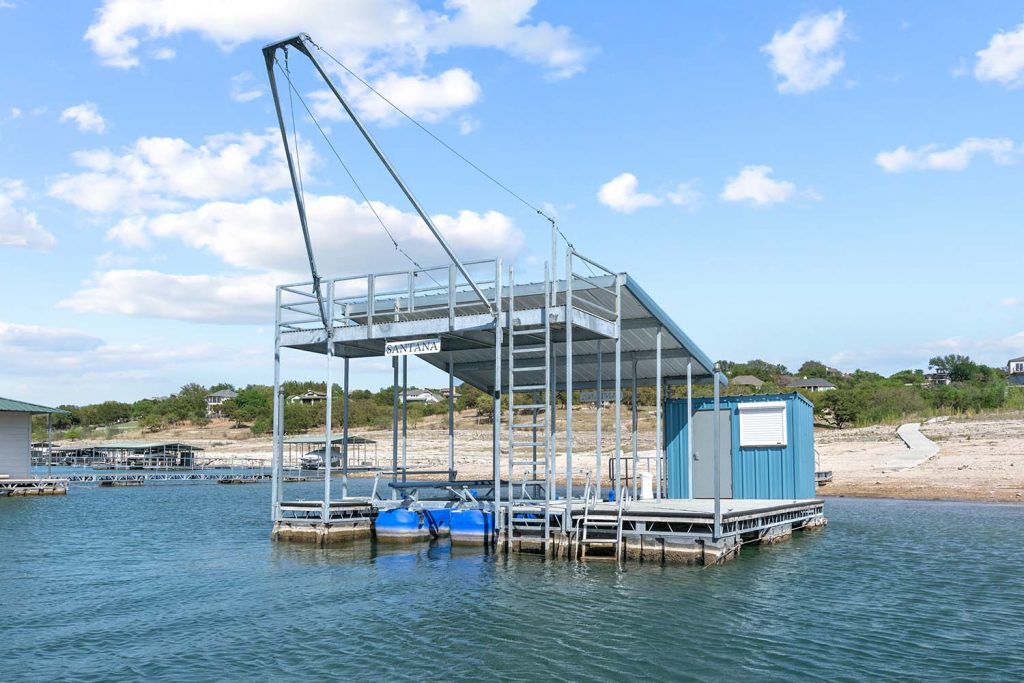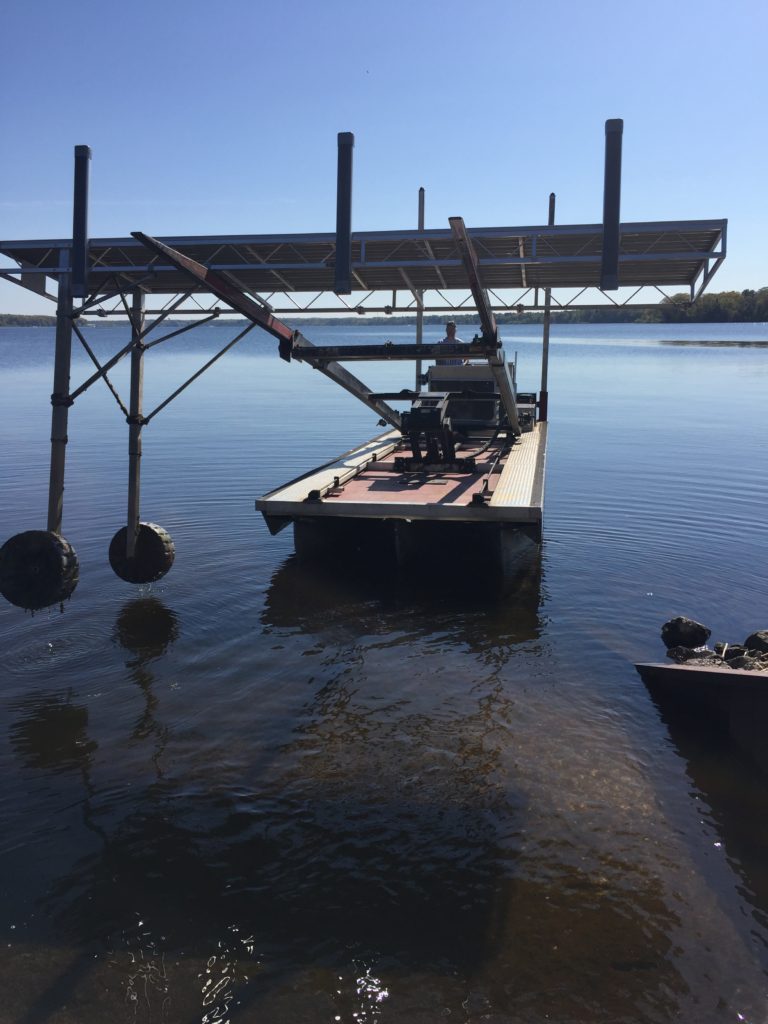Leading Indications You Required Expert Dock Repairs This Period
Leading Indications You Required Expert Dock Repairs This Period
Blog Article
Effective Dock Fixing Techniques: Guaranteeing Architectural Stability
Making sure the architectural honesty of docks via efficient fixing strategies is paramount for the durability and safety and security of marine facilities. This includes a multi-faceted method beginning with extensive evaluations making use of advanced innovations like finder devices and from another location operated automobiles (ROVs) to discover both noticeable and hid problems. Consequently, selecting the right repair products, such as composite materials and corrosion-resistant alloys, is vital for toughness. Structural support techniques, including the application of cross-bracing systems and load-distribution plates, play an essential role in mitigating tension points. The significance of these strategies becomes apparent when exploring innovative fixing approaches and preventative upkeep techniques.
Examining Dock Damages
Examining dock damage is an essential primary step in guaranteeing the structural integrity and security of any type of docking center. This preliminary examination entails a detailed assessment to identify both covert and visible problems. Secret aspects to check out consist of the dock's foundation, pilings, outdoor decking, and hardware. Each component should be scrutinized for indications of wear, rot, corrosion, or other types of destruction that could endanger the structural stability.
Architectural engineers or certified inspectors typically do these assessments utilizing specialized strategies and tools. As an example, undersea examinations may utilize sonar tools or from another location ran cars (ROVs) to identify immersed damage. Above water, visual examinations are enhanced by utilizing wetness meters and various other analysis tools to reveal underlying problems not right away visible to the nude eye.

Finding Fixing Materials
Choosing the proper repair service products is a critical action in the dock remediation procedure, one that directly influences the longevity and efficiency of the repaired framework. Product choice need to be driven by variables such as ecological conditions, load-bearing requirements, and compatibility with existing dock components. As an example, wood is a traditional option for docks as a result of its natural strength and aesthetic appeal. Picking the ideal kind of timber, such as pressure-treated lumber or naturally rot-resistant species like cedar or teak, is important to hold up against aquatic atmospheres.
In enhancement to timber, composite products are progressively popular as a result of their toughness and reduced maintenance needs. Composites, typically made from a blend of plastic and wood fibers, supply outstanding resistance to rot, insects, and UV damage. For steel docks, picking corrosion-resistant alloys such as galvanized steel or marine-grade aluminum is important to stop corrosion and guarantee architectural integrity in saline water problems.
Epoxy materials and marine-grade sealants are indispensable for fixing fractures and securing joints, offering a waterproof obstacle and improving the dock's overall toughness. By carefully choosing high-quality products, dock repair work can attain durable results, thereby securing versus future destruction and making sure safe, reputable usage.
Architectural Reinforcement Methods
Reliable architectural support techniques are vital in guaranteeing the stability and longevity of dock repairs. This method is specifically reliable for docks revealed to hefty lots or extreme ecological conditions.
One more vital technique is the application of fiber-reinforced polymers (FRP) These products provide high strength-to-weight ratios and exceptional resistance to corrosion, making them suitable for strengthening wooden or concrete docks. FRP can be applied in strips or sheets and bound with epoxy materials to boost architectural integrity.
Supporting and securing systems additionally play an important duty in architectural support. Cross-bracing, using metal or wood beams, can combat side forces, reducing swaying and motion. Anchoring systems, such as helical piers or his explanation driven piles, supply a stable foundation by moving lots to deeper, more stable soil layers.
Finally, the assimilation of load-distribution plates can help disperse weight a lot more uniformly throughout the dock's surface area, reducing localized tension factors. These techniques jointly make sure that anchors stay robust and secure, with the ability of withstanding the rigors of their functional atmosphere.
Advanced Repair Work Approaches

An additional sophisticated method entails undersea welding, which enables repair services to be carried out without the need to dewater the location. This method is specifically beneficial for addressing structural issues in immersed dock components, ensuring marginal interruption to procedures. Enhanced welding methods, combined with robot systems, supply precision and integrity, thereby prolonging the life-span of the dock.
Furthermore, cathodic security systems are carried out to stop deterioration in metal dock structures. By utilizing sacrificial anodes or satisfied current systems, these techniques successfully minimize the electrochemical procedures that cause product degeneration.
Lastly, progressed monitoring modern technologies, such as architectural wellness monitoring (SHM) systems, supply real-time data on the condition of dock frameworks. These systems enable aggressive upkeep and timely interventions, ultimately ensuring the long-term architectural honesty of the dock.
Upkeep and Avoidance
Maintenance and prevention are essential principles that underpin the longevity and security of dock structures. Normal examinations are extremely important, her response permitting very early discovery of wear and tear, possible weak points, and environmental effects. A proactive approach, including regular checks for corrosion, rot, and structural shifts, minimizes costly fixings and extends the dock's functional life.
Safety nets should include applying safety layers to steel parts to protect versus rust and using cured wood to withstand degeneration. Furthermore, ensuring appropriate drain and ventilation can avoid water accumulation, which is a typical reason of architectural degradation. Including top quality materials and sticking to supplier standards throughout building and repair i loved this service stages also play vital functions in improving sturdiness.

Training workers in dock upkeep ideal practices makes certain regular application of preventive actions. Leveraging technical advancements, such as drones for examinations and sensing units for real-time tracking, can even more boost maintenance initiatives. By focusing on maintenance and avoidance, dock owners can make certain structural stability, operational safety, and affordable monitoring over the dock's life-span.
Final Thought
In verdict, keeping the architectural honesty of aquatic centers necessitates thorough dock fixing strategies. Thorough inspections using innovative tools discover both noticeable and concealed damages, while the option of proper repair service products improves resilience. Carrying out structural reinforcement methods addresses tension points effectively. Advanced repair service methods, paired with normal maintenance practices, guarantee the dock continues to be functional and risk-free under varied ecological conditions. Embracing these methods dramatically extends the life-span and capability of marine infrastructure.
Guaranteeing the structural integrity of anchors via reliable repair work methods is vital for the longevity and safety of marine facilities.Picking the suitable repair materials is a critical action in the dock restoration procedure, one that straight affects the long life and performance of the fixed structure.Reliable architectural reinforcement strategies are vital in making certain the stability and long life of dock fixings. By prioritizing maintenance and avoidance, dock proprietors can make sure structural honesty, functional safety, and affordable management over the dock's life expectancy.
In verdict, keeping the architectural stability of marine centers requires detailed dock repair work methods.
Report this page